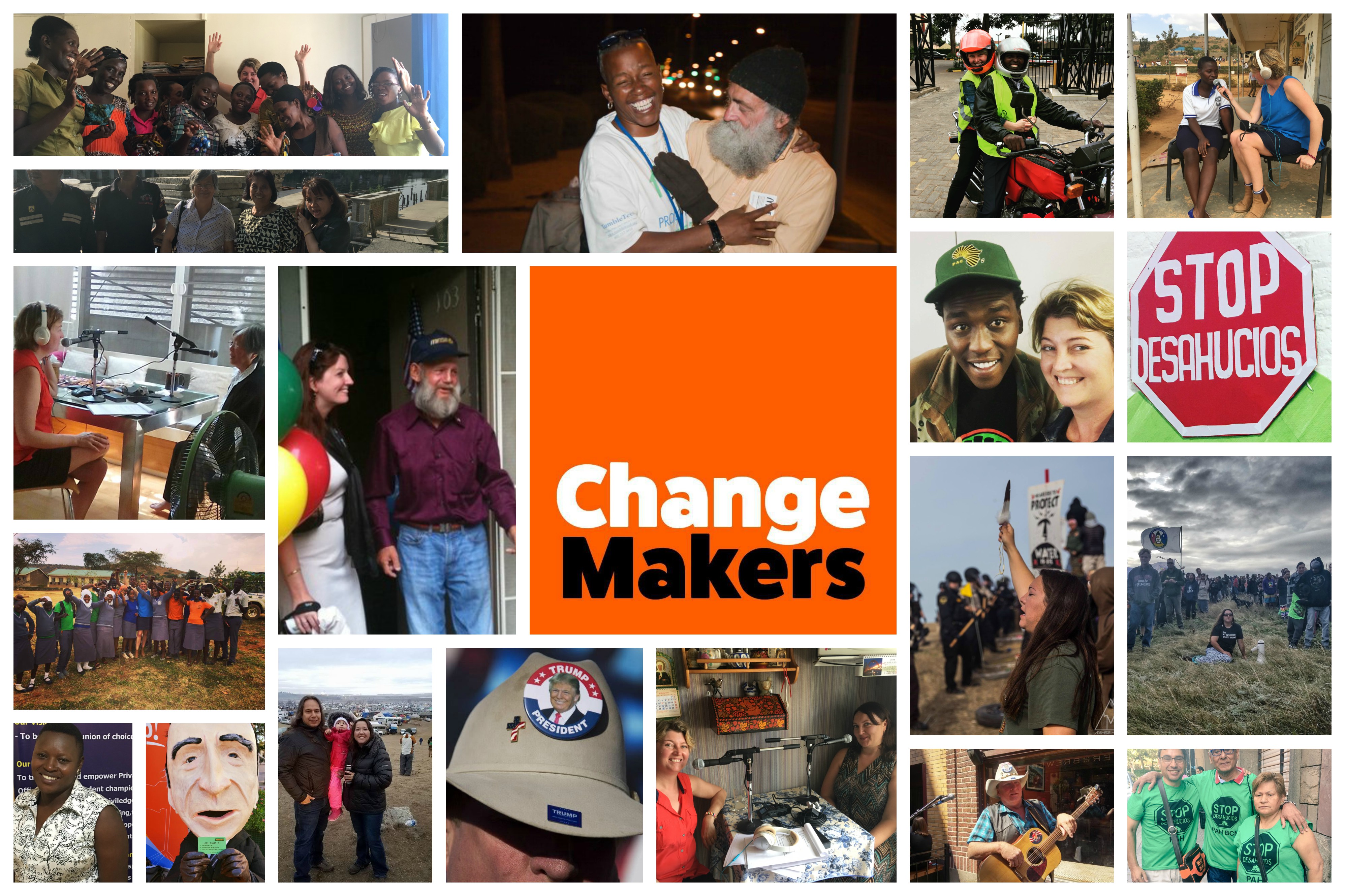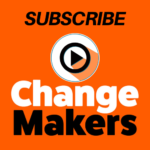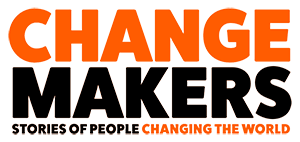Reading & Resources
There are almost limitless interesting readings and resources on ChangeMaking. Here are a few of our favourite readings and tools that you might find useful.
We are keen to promote and share interesting resources – so if you have readings you would suggest we share, send us an email to [email protected] or add ideas and suggestions in the comments section below.

THINKING ABOUT ACTION
Rules for Radicals – Chptr 7 – Tactics – Saul Alinsky
Rules for Radicals is the most widely read social change book in the world, and this chapter is probably what makes it so famous. It is an exploration of 13 ‘go to’ rules for thinking about what makes our public action powerful. They are not suggestions but rather concepts that change makers can consider in planning how to act powerfully, and generate powerful responds from decision makers.
DOING ONE TO ONE MEETINGS
Roots for Radicals; The relational meaning by Ed Chambers
Having effective and powerful one to one meetings is the heart of good organising. Its how the most effective teams that we cover in the show build their teams, then build their volunteer base. This whole book is a wonderful guide to relational organising and this chapter gives you a clear understanding of the how and why of the relational one to one meeting.
PUBLIC NARRATIVE
What is Public Narrative? (2008) by Marshall Ganz
Storytelling is a critical ingredient of good social change, and that includes telling the stories about why we are compelled to take social action. This is one of the most powerful texts that explains how and why public narrative is important for everyday community leaders for engaging others in action.
TAKING ACTION
Faithful Citizens; Assembling in Solidarity by Austen Ivereigh
There is a world of difference in the power of public action, this text runs through some principles to consider that make public action powerful. Based on the practices of Citizens UK, and in turn the work of the Industrial Areas Foundation, this Chapter provides some useful summaries about a community organising approach to action.
BUILDING DIRECTED NETWORKS
Networked Change: How progressive campaigns are won in the 21st Century by NetChange
Social change doesn’t only happen through formal coalitions, it often happens through loose decentralised networks of people and organisations. This report reviews dozens and dozens of campaigns then draws out lessons about what makes them work. It identifies four key practical principles useful for any ChangeMaker wanting to work across multiple cities/regions.
TAKING DIRECT ACTION
“Letter from Birmingham Jail” by Martin Luther King Jr
(Credit: kingpapers.org)
Non Violent Civil Disobedience is an art and a science and this short letter is a useful explanation about its purpose to facilitate negotiation and transformation. It was written while Martin Luther King Jr was in jail and still has relevance to how we act today.
LESSONS FROM THE YOUR RIGHTS AT WORK CAMPAIGN IN AUSTRALIA
Your Rights at Work campaign Australia s most sophisticated political campaign
The Australian Labor Movement ran one of the most extraordinary field and communications campaigns in response to an unprecedented legislative threat. This article, and Muir’s book “Worth Fighting For” document that struggle.
THE TOOLS OF A COMMUNITY ORGANISER
This helpful book chapter by David Wells reviews the commonly used practical tools that an organiser deploys when seeking to build community power. In addition to the relational meeting, it reviews House Meetings / Table Talks, power analysis, agitation and a variety of other useful skills.
Join our weekly email list to hear our latest musings, podcasts and training. Click on this button to subscribe:

